London Surveillance Cameras How Many ?
It is estimated that there are around 500,000 surveillance cameras in London, making it one of the most heavily monitored cities in the world. These cameras are operated by a variety of organizations, including the police, local councils, and private businesses. The use of surveillance cameras in London has been a controversial issue, with some arguing that they are an invasion of privacy and others claiming that they are necessary for public safety. Despite the debate, the number of surveillance cameras in London continues to grow, with new technologies such as facial recognition being introduced in some areas.
1、 Total number of surveillance cameras in London
London is known for its extensive use of surveillance cameras, with the city being one of the most monitored in the world. The exact number of surveillance cameras in London is difficult to determine, as there are many different types of cameras used by various organizations and agencies.
According to a report by the British Security Industry Association, there were an estimated 500,000 CCTV cameras in London in 2013. However, this number is likely to have increased significantly in recent years, as the use of surveillance technology has become more widespread.
In 2019, the Metropolitan Police announced plans to install facial recognition cameras in London, which would be used to identify suspects in real-time. This move was met with controversy, with many privacy advocates expressing concerns about the potential misuse of the technology.
Despite the concerns, the use of surveillance cameras in London is likely to continue to increase in the coming years, as the city seeks to improve public safety and security. However, it is important that the use of these cameras is balanced with the need to protect individual privacy and civil liberties.
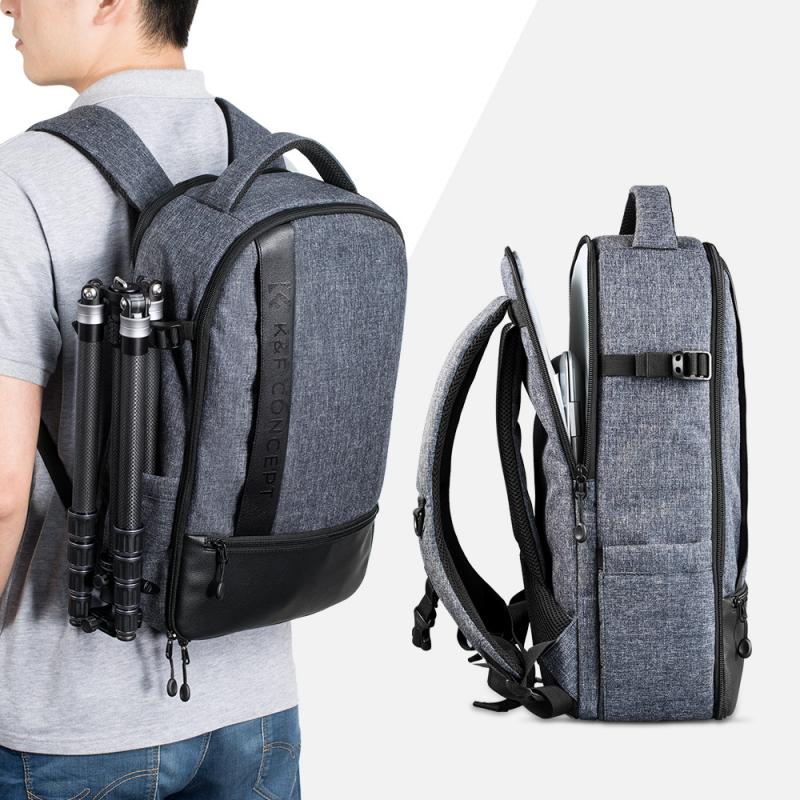
2、 Types of surveillance cameras used in London
London is known for its extensive use of surveillance cameras, with estimates ranging from 500,000 to over 1 million cameras in the city. However, it is difficult to determine an exact number as many cameras are privately owned and not publicly disclosed.
The use of surveillance cameras in London has been controversial, with concerns about privacy and civil liberties. However, proponents argue that the cameras are necessary for public safety and crime prevention.
There are various types of surveillance cameras used in London, including CCTV (closed-circuit television) cameras, ANPR (automatic number plate recognition) cameras, and body-worn cameras. CCTV cameras are the most common and are used for monitoring public spaces such as streets, parks, and transport hubs. ANPR cameras are used for tracking vehicles and are often used in conjunction with CCTV cameras. Body-worn cameras are used by police officers and other law enforcement officials to record interactions with the public.
In recent years, there has been a shift towards the use of facial recognition technology in London. This technology uses cameras to capture images of individuals and compares them to a database of known faces. However, this technology has also been controversial, with concerns about accuracy and potential misuse.
Overall, the use of surveillance cameras in London is a complex issue with both benefits and drawbacks. While they can help prevent crime and improve public safety, they also raise concerns about privacy and civil liberties. As technology continues to advance, it is likely that the use of surveillance cameras in London will continue to evolve and be the subject of ongoing debate.
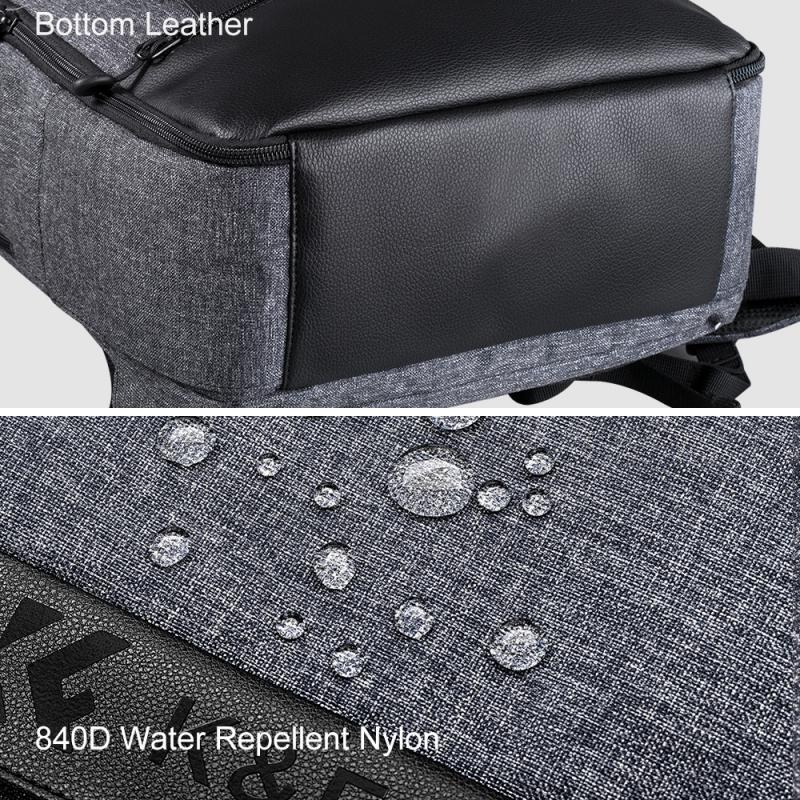
3、 Locations of surveillance cameras in London
London is known for its extensive network of surveillance cameras, which are used to monitor public spaces and deter crime. According to recent reports, there are approximately 420,000 surveillance cameras in London, making it one of the most heavily monitored cities in the world.
These cameras are located in a variety of public spaces, including streets, parks, and public transportation systems. They are also used in private businesses and residential areas, with many homeowners installing their own cameras for added security.
While the use of surveillance cameras has been controversial, with some arguing that they infringe on privacy rights, they have also been credited with helping to reduce crime rates in the city. In recent years, London has seen a decline in violent crime, which some experts attribute to the increased use of surveillance cameras and other security measures.
Despite their effectiveness, however, there are concerns about the potential misuse of surveillance cameras, particularly in the hands of law enforcement. Critics argue that the cameras can be used to target specific groups or individuals, and that they may be used to justify discriminatory policing practices.
Overall, the use of surveillance cameras in London remains a contentious issue, with proponents arguing that they are necessary for public safety, while opponents raise concerns about privacy and civil liberties.
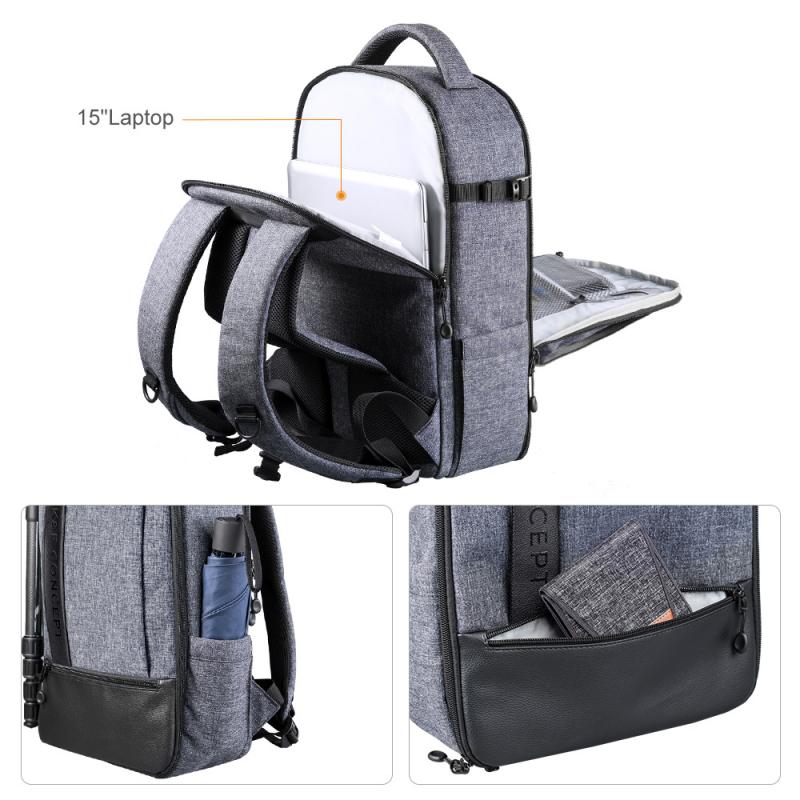
4、 Legal framework for surveillance cameras in London
London surveillance cameras how many:
It is estimated that there are over 500,000 surveillance cameras in London, making it one of the most monitored cities in the world. These cameras are installed in public spaces, such as streets, parks, and public transport, as well as in private buildings, such as shops and offices.
The use of surveillance cameras in London has been controversial, with concerns raised about privacy and civil liberties. However, supporters argue that they are necessary for public safety and crime prevention.
Legal framework for surveillance cameras in London:
The use of surveillance cameras in London is regulated by the Data Protection Act 2018 and the General Data Protection Regulation (GDPR). These laws require that the use of surveillance cameras is necessary and proportionate, and that individuals are informed about the use of cameras and their rights to access the footage.
In addition, the Surveillance Camera Code of Practice was introduced in 2013 to provide guidance on the use of surveillance cameras in public places. The code sets out 12 guiding principles, including the need for a clear purpose for the use of cameras, the importance of transparency and accountability, and the need to consider the impact on privacy and civil liberties.
The latest point of view:
The use of surveillance cameras in London continues to be a topic of debate. In 2019, the Metropolitan Police announced plans to install facial recognition cameras in public places, which sparked concerns about privacy and the potential for discrimination. However, a recent report by the London Policing Ethics Panel found that the use of facial recognition technology was lawful and proportionate in certain circumstances.
Overall, the legal framework for surveillance cameras in London is designed to balance the need for public safety with the protection of privacy and civil liberties. However, as technology continues to advance, it is important that the use of surveillance cameras is regularly reviewed and updated to ensure that it remains necessary and proportionate.




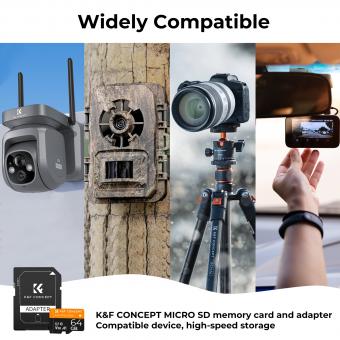


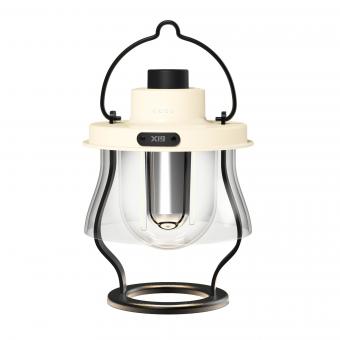



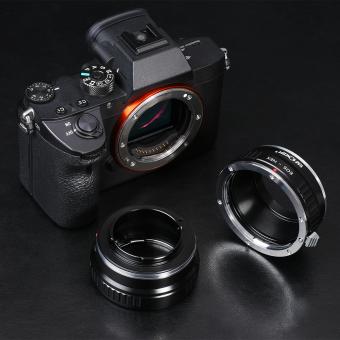
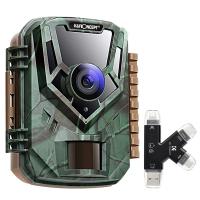

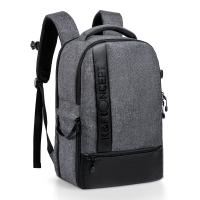




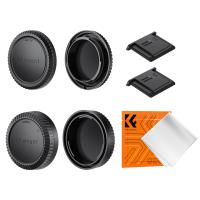

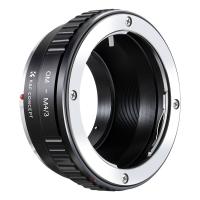
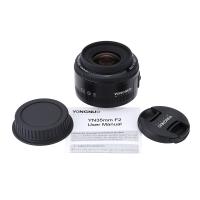
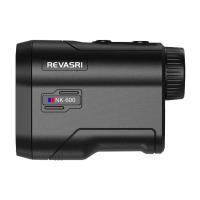


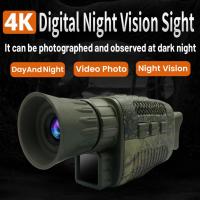
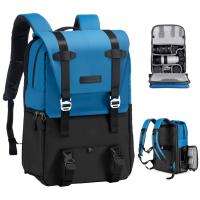



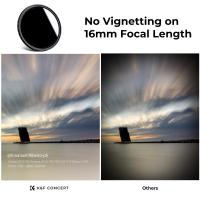
There are no comments for this blog.